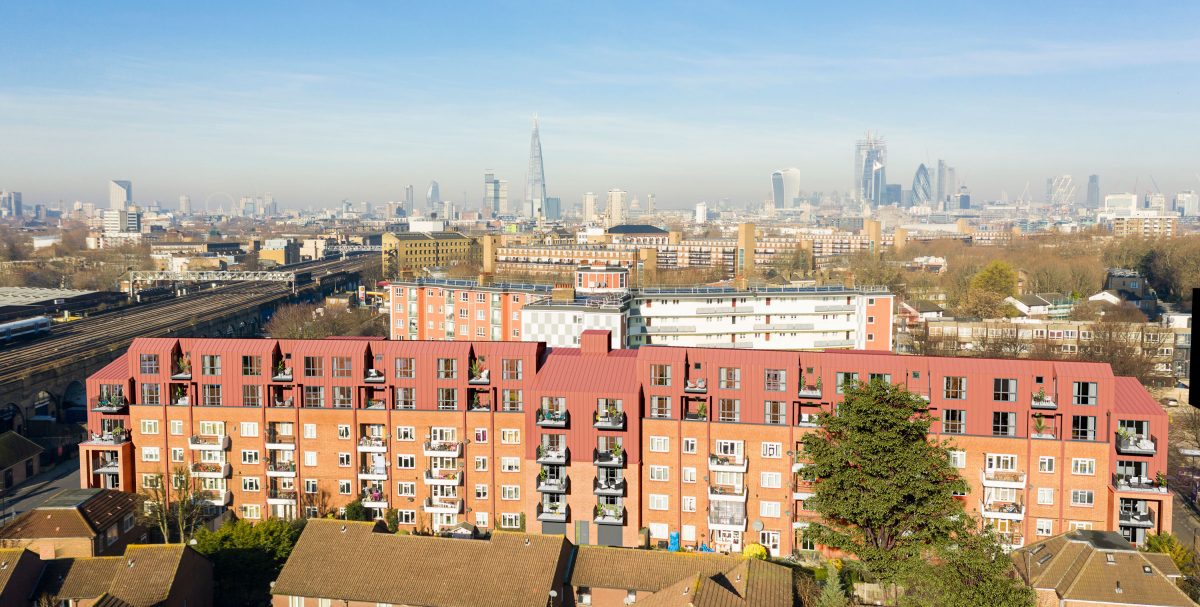
Covid-19 has affected every facet of our daily lives, from stalling the economy to impeding homeownership aspirations.
Many construction sites have been closed for weeks and are only just beginning to start work again, meaning completions of new homes are delayed and it is highly doubtful the government’s 300,000 homes target will be met this year.
Millions face unemployment, putting many families below the breadline, so the need for genuinely affordable homes will be even greater than before once the restrictions are lifted and the market comes off ice.
With the housing sector facing an uncertain future, the housebuilding industry needs to come together and work hard to deliver much-needed homes much faster.
Affordable housing has many interpretations and homes at a wide range of rent or price levels may be deemed ‘affordable’.
The term is defined by the government as homes for households whose needs are not met by the market, be they for rent or to purchase.
Products such as Shared Ownership are great at enabling purchasers to buy at a fraction of the full cost, but the overall value of the home is still quite often high, especially in London.
In 2018-19, there were 57,485 new affordable homes completed in England, the third-highest value since 1991-92. The supply of affordable housing is dependent on funding programmes and the housebuilding cycle, with 49% of these delivered through Section 106 agreements.
This is an ideal opportunity to revaluate our housing provision in the UK.
In London, there is still a shortfall of 20,000 affordable homes, even without the issues coronavirus has brought us. Figures reveal that only tiny numbers of affordable homes are being built in some boroughs, with work starting on just three last year in one authority.
Our objective at Apex is to work in partnership with local authorities and housing associations to help them deliver homes that are affordable to those who need them most.
Airspace does not have the land cost, which can be a significant saving, especially in London. Unused land is scarce, green space is needed and there are issues in making brownfield land safe to use. Our other advantage is we don’t have the costs of demolition to contend with as we build on top of the properties.
Modern methods of construction can also be quicker and easier than traditional methods of build. Offsite manufacturing of materials ensures consistent quality at a speedier rate and installation can also involve lower labour costs, with fewer staff needed and less time spent on site.
These benefits are especially relevant while social distancing measures are being enforced: factory production and MMC both use fewer people and still produce high-quality homes. In this way, these methods meet distancing protocols while getting the construction of new homes moving again.
With 180,000 spaces already identified for airspace homes across London, this could be a critical way to help fill the shortfall. We need to build more affordable homes better and faster. Airspace development could be key to unlocking this.
Read our article in Property Week here.

